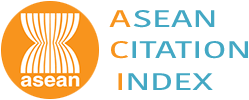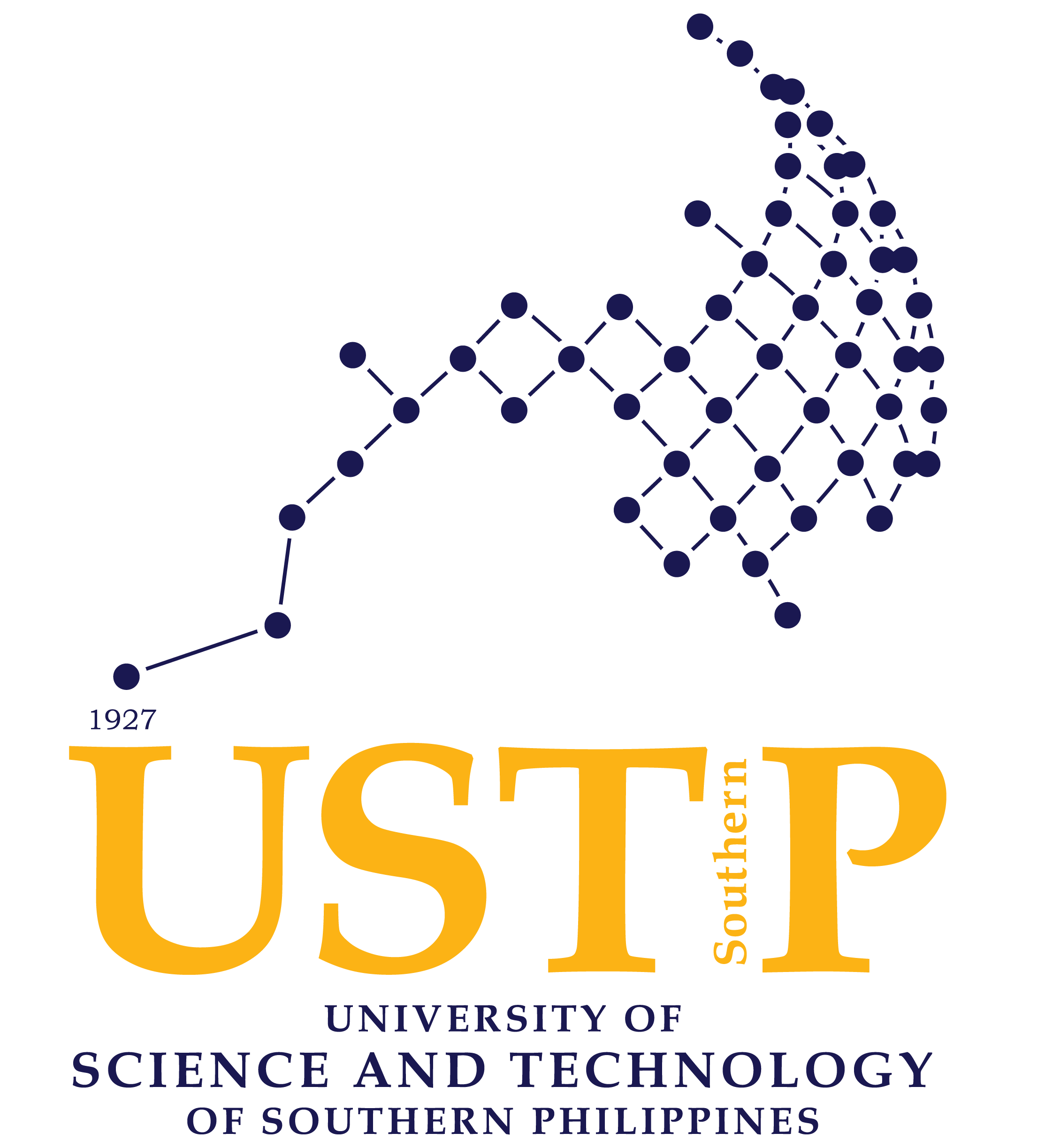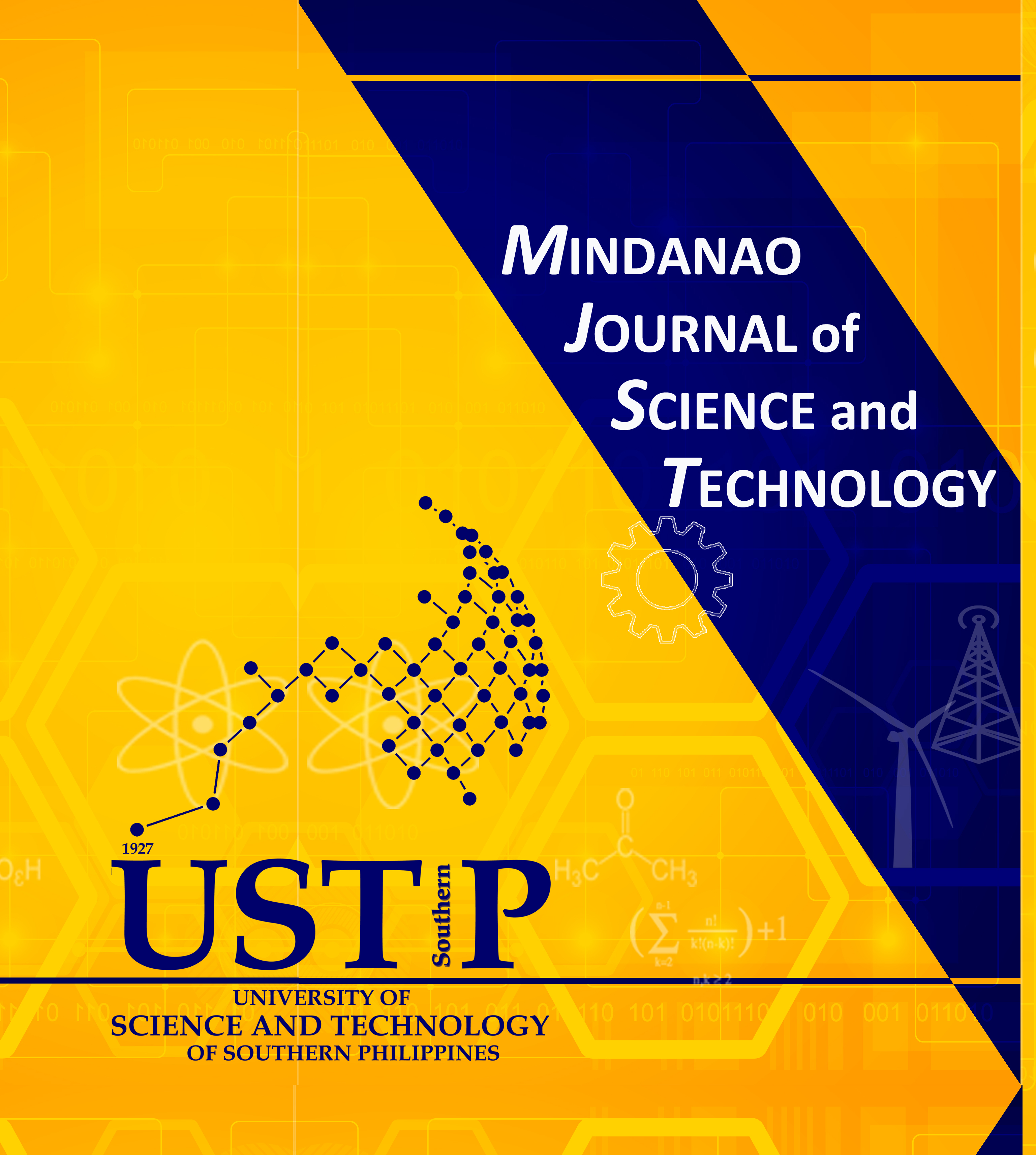Characterization, Classification, and Crop Suitability Assessment of Selected Soil Series in Ilocos Norte, Philippines
DOI:
https://doi.org/10.61310/mjst.v23i1.2386Keywords:
crop suitability, land evaluation, soil survey, soil taxonomyAbstract
A land evaluation was conducted on selected soil series in the Province of Ilocos Norte using the Food and Agriculture Organization land suitability framework. Seven different soil profiles were studied to determine physicochemical properties, soil morphology, and land suitability for selected crops. The soil series studied were San Fernando (Typic Epiaqualfs), San Manuel (Typic Eutrudepts), Umingan (Typic Epiaquepts), Bantog (Typic Hapludalfs), Cervantes (Typic Hapludalfs), Pedon 6 (Typic Dystrudepts), and Pedon 7 (Typic Udifluvents). The results indicated that San Fernando was highly suitable (S1) for irrigated rice and maize, with suitability scores of 83 and 82, respectively, while San Manuel was highly suitable (S1) for garlic, irrigated rice, maize, onion, and tomato, with suitability scores ranging from 75 to 93. The Bantog series was predominantly classified as S1, except for robusta coffee and sugarcane, which were moderately suitable (S2cf) due to climate and fertility limitations. The Cervantes series was classified as S2w for garlic, onion, and rainfed upland rice, but with limitations due to wetness. For Pedon 6 and Pedon 7, most crops were moderately suitable (S2). To address soil fertility issues, proper phosphate fertilization (P₂O₅) is recommended for San Fernado, Bantog, and Cervantes, while the addition of organic fertilizers is recommended for San Fernando, San Manuel, Bantog, Pedon 6, and Pedon 7. Flooding is a concern in Umingan, while the Cervantes exhibits undulating to rolling slopes, which contributes to rill erosion. Appropriate interventions for these constraints must be integrated into the production process to maintain soil health and crop productivity.










